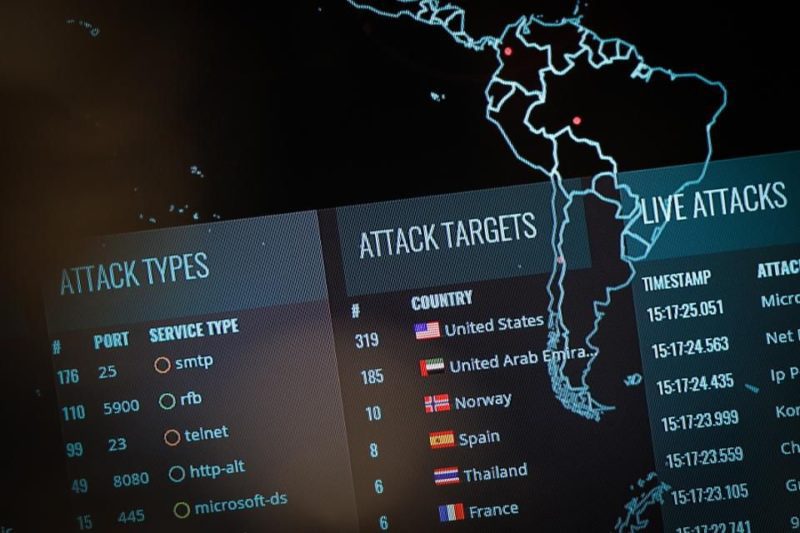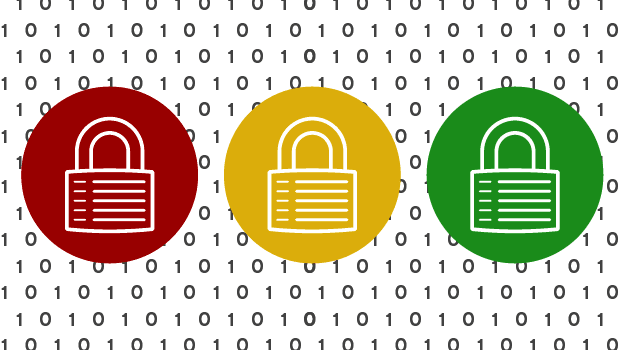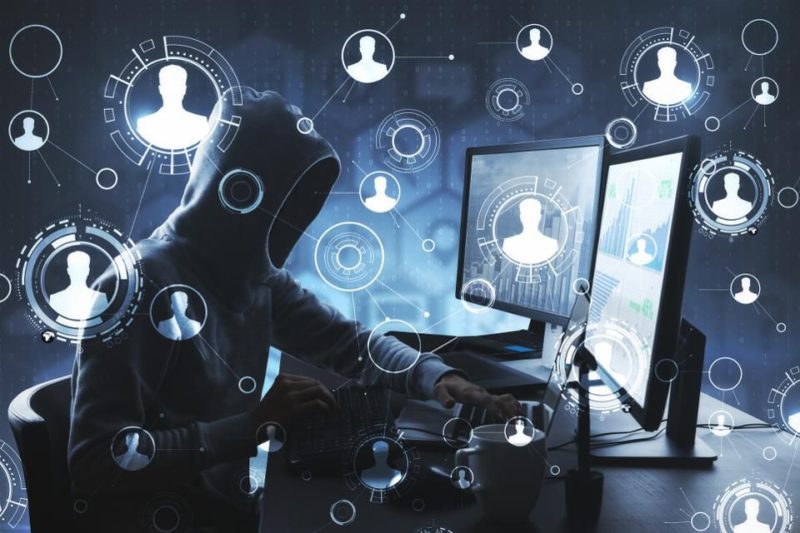The unprecedented number of attacks coupled with the increasing sophistication of cyber threats has brought cybersecurity into mainstream focus. Actually, the stakes for protecting data from cyber threats have never been higher.
In 2018, we saw the EU introduce the General Data Protection Regulation (GDPR). The advent of GDPR made consumer privacy a fundamental issue, forcing many organizations to get their houses in order. And this year, we expect even higher levels of data privacy maturity and sophistication, especially at the enterprise level.
Cybersecurity (or lack thereof) is no longer a technology issue, but it is one of the biggest jeopardies to the financial sector going into the future.
(Top 10) Cyber Security Trends to Embrace in 2020
So, what are we likely to observe in 2020? Here are the main trends that drive cybersecurity in 2020:
1. Increase in Cyber-Espionage by Rogue Nation-State Actors
An increasing number of countries will continue to put more resources into cyber-attack infrastructure. A recent US intelligence worldwide threat assessment suggests that over 30 countries now have cyber-attack capabilities. So, we only expect cybersecurity to be more entrenched into the armed forces of many nations.
Regrettably, we may see this infrastructure trialed and occasionally been used in anger. The 2017 Data Breach Investigations Report shows that over 20% of breaches were espionage-related.
2. Renewed Interest in Security Operations Centers (SOCs)
The increasing sophistication of cybersecurity attacks has forced many organizations to consider setting up security operations centers focused on threat responses and detection.
A Gartner study shows that, by 2022, more than half the SOCs will have integrated incident response, threat intelligence, and threat hunting capabilities.
3. Passwordless Authentication Gains Traction
Organizations have been slow to adopt Multi-Factor Authentication (MFA) due to the complexities that come with such technologies. The current regulatory compliance will most likely see an increase in the use of MFA. Lately, we have seen passwordless authentication become the norm.
Alongside MFA, biometric identification will become more streamlined within software and hardware access. Historically, most people were hesitant to give away their biometrics, but things are beginning to change in 2020.
4. Cybersecurity & IoT
In 2020, we were likely to see an upward trend in security challenges occasioned by IoT. Most organizations continue to deploy this technology with little regard for the security risks and potential consequences.
Sometimes, IoT deployments may fall far away from the main network areas. So, it is easy for some of them to slip under the radar. In other words, the Internet of Things will continue to be the prime target of cybercriminals.
5. Hybrid Cloud Security will be a Priority
As the cloud continues to become the mainstream computing platform, organizations have to put more focus on cloud security. With cloud technology, organizations may not have centralized visibility and control. So, to keep up with the pace, security professionals will most likely increase variety and complexity when it comes to cloud security.
Even as they make this move, they should be aware that organized cybercriminals usually find creative ways to extend their attacks on ill-configured cloud instances. So, we are likely to see an increase in cloud-based security breaches.
6. Less Ransomware, More Crypto-Mining
Recently, crypto-mining appears to be replacing ransomware as the most popular attack vector, and for a reason. Crypto-mining attacks are usually more rewarding because they can affect many users. So, with crypto-mining providing more lucrative avenues, we are likely to see more enterprises being targeted by crypto-mining criminals in 2020.
With that said, ransomware isn’t going anywhere. In 2020, we expected more tailored attacks, especially using creative blackmail threats, alongside new malware approaches. In view of this, conventional antivirus tools may not provide adequate protection anymore. For this reason, you should invest in top-of-the-league Mac and Windows error solutions to keep attackers at bay.
7. Cyber Criminals will Target Small Businesses & Individuals
Most people only get to know of large-scale attacks, but cyber-crime is a serious problem that affects organizations of all sizes. In 2020, we were more likely to see consumers being targeted across a range of connected devices.
Large organizations have already done so much to protect themselves. Therefore, if this category becomes tough to attack, cybercriminals will prey more on small companies that may not have adequate security measures. Thankfully there are enough cyber security companies that specialize in protection against cybercrimes. These companies not only provide security resources but also create a successful secure coding plan that is tailored as per your company’s security requirements.
8. Businesses & Cyber Attackers will Both Leverage ML & AI
Security professionals usually find it hard to keep pace with the sophistication of security threats. But leveraging artificial intelligence (AI) to automate some security procedures, such as identifying and responding to threats, can help security teams to respond to threats more effectively. Since AI and ML handle repetitive tasks, security professionals will only focus on more productive tasks.
However, the use of AI and machine learning might turn out to be a double-edged sword. Cybercriminals will also exploit such technologies to deploy sophisticated attacks via AI botnets.
9. Workforce Deployment
Finding skilled professionals will continue to be a challenge to the whole security industry. The industry needs security professionals with IT, AI, cybersecurity, and even privacy skills. The proliferation and complexity of security software are also increasing. Even technologies that use AI still require constant monitoring by a human security expert. So, there is a need to build interest among potential trainees.
10. Data Privacy Regulations to Go Big
In light of high-profile data breaches witnessed recently, more consumers are worried and demanding more protection. Likewise, governments and regulatory agencies are also concerned.
The arrival of the GDPR last year triggered a flurry of activities to be compliant. The regulations made many enterprises realize that they have more fundamental issues over information architectures and legacy systems. These regulations are likely to be emulated in the US. Already, leaders of top tech firms have testified before congress regarding data privacy.
So, as the data privacy laws go big, there might be more fines and sanctions in 2020. Additionally, many businesses will look into data privacy issues more seriously, which may also call for more transparency.
Moving Forward:
As data breaches continue to make headlines, data privacy is no longer an option. Cybercriminals are becoming more sophisticated, so a strategic plan for cybersecurity investment is now essential. You should address the right risks and invest in the best solutions for your environment to ensure that cyber attackers have little chance of penetrating your system.
Keep in mind that data protection starts at the device level. So, using the right PC and Mac repair tools will help you guard your online privacy. On top of this, they will also delete junk files and speed up your computer. For more PC tips and tricks, be sure to check out Software Tested.
Author Bio:
A Computer Engineer by degree and a writer by profession, Cathy Trimidal writes for Software Tested and Outbyte. For years now, she has contributed articles focusing on the trends in IT, VPN, web apps, SEO, and digital marketing. Although she spends most of her days living in a virtual realm, she still finds time to satisfy her infinite list of interests.




















![[Buy Now] BBEN G16 Notebook Review ‘Offer’ (Buying Guide) BBEN G16](https://www.techinpost.com/wp-content/uploads/2017/12/image001-324x235.png)
